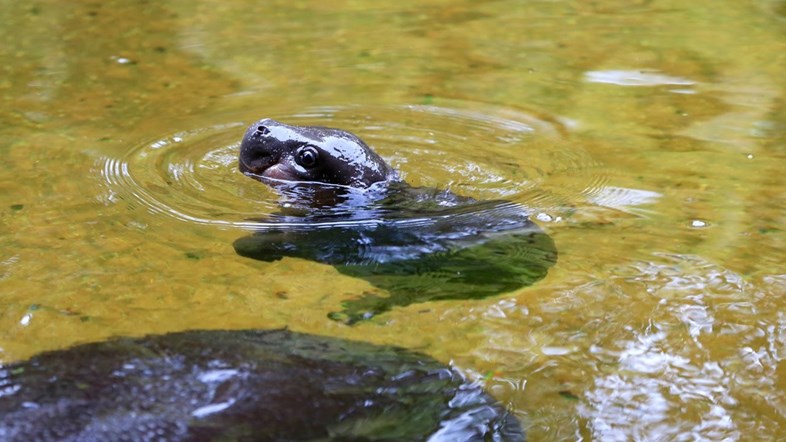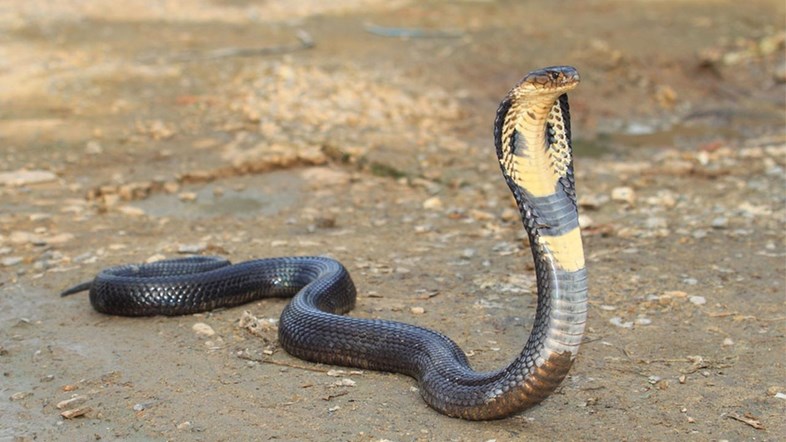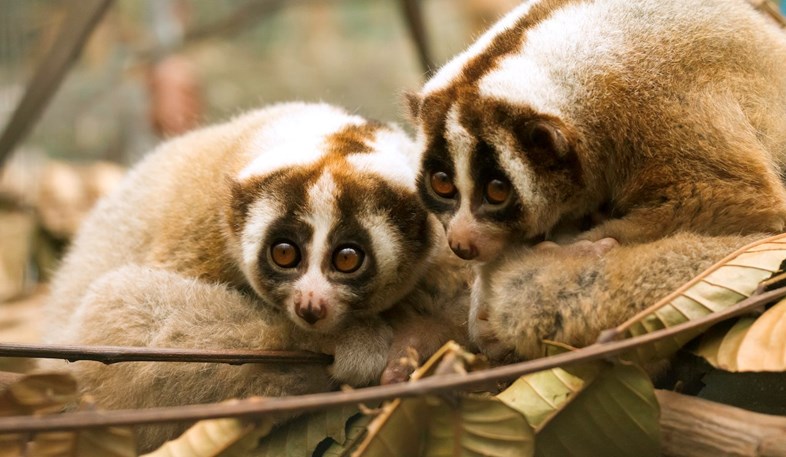We sit down with the Artistic Director of Men’s Collections at Louis Vuitton to discuss his six favourite creatures
- TextTed Stansfield
It’s a sweltering day in June and Kim Jones is sitting in his office in Louis Vuitton’s Paris headquarters on Rue du Pont Neuf. An animal charity calendar sits on a shelf and a stuffed Pangolin – an extraordinary and highly endangered kind of scaly anteater – rests on a side table nearby. We’re here to talk about his S/S18 collection for Louis Vuitton but, as the interview draws to a close, the conversation turns to a different topic: animals. Wildlife, Jones explains, has been a passion of his since his childhood – “I spent a lot of time in Africa as a child and that’s what was there,” he says, “so I just got interested and it’s something that you just never stop being interested in.”
Today, Jones spends his free time travelling to the world to see rare and exotic animals in their natural habitat – he’s gone as far as New Zealand to see the Kakapo, a flightless and extremely rare ground parrot. Conservation is another passion of Jones’s – he sponsors a number of species around the world, including the pangolin, and is quick to encourage other people to do the same. “If you get the opportunity to go and see something rare and amazing in the wild, I’d go and do it. And if you can afford it, sponsor that animal or find charity that’s run by local people, then it provides money for the local community who can then go and help. It’s more about that.”
Following on from our conversation, Jones shared six of his absolute favourite animals.
Douc Langur
“The Douc Langur is a rare monkey. I actually sponsor a charity that works with them. There are only about 500 of them left. They live in Vietnam, Cambodia and Laos and are hunted for food, and their habitat is being destroyed. They’re really beautiful and very rare.”

Kakapo
“The Kakapo is a flightless ground parrot from New Zealand. There are only 126 of them left I think. They don’t live on the mainland anymore. I went all the way down there to see them in the wild and one jumped on my arm and I have a photo [from it which is] framed in my house in London. They’re really charismatic, they’re almost like dogs. They’re weird and wonderful and it’s amazing that they’re still around.”

Pangolin
“I have a stuffed one over here actually [gestures to a side table]. I have it here so when people come in and I talk about Pangolins, they know what it is. I bought that in Paris. I work with a project in the Kalahari, which is one of the strongholds for them, and I’ve seen them quite a few times – most people haven’t, I’m very lucky. They’re hunted for their scales which are used in Chinese medicine. Also, in places where they do farming, they get caught in the electric fences.”

Pygmy Hippo
“The Pygmy Hippo is super endangered as well, but a very charismatic animal.”

King Cobra
“The King Cobra because of the sheer size of them. They’re the biggest poisonous snake in the world. They can grow up to six metres and it’s when you see the size of their heads that you realise how massive they are.”

Slow Loris
“The Slow Loris is a venomous animal. They’re very sweet-looking. They’re also very rare now because they get caught for body parts for food. I’ve seen them in markets sprawled out, like in Laos, as medicine. I find them extremely interesting and that’s what my publishing company is named after.”












